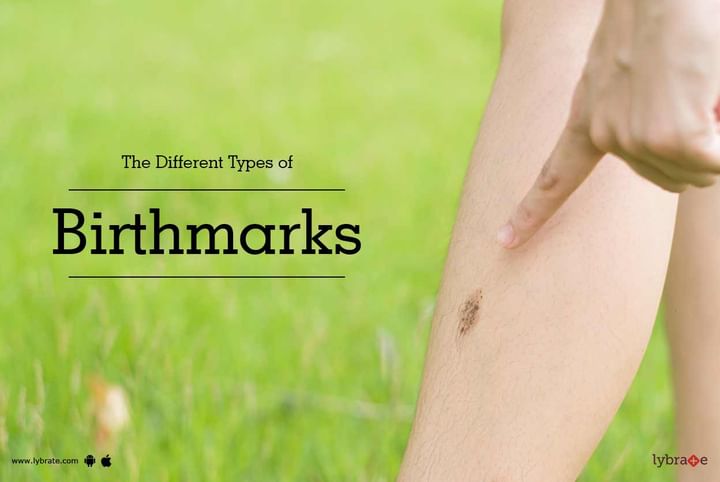Get the App
For Doctors
Login/Sign-up
Last Updated: Jan 10, 2023
BookMark
Report
The Different Types of Birthmarks
Colored marks, which are present on the skin since birth or develop soon after birth are called birthmarks. They can be of many sizes, colors and shapes. Some of them are present on the surface, while a few of them are raised over the skin surface.
Here are some common types of birthmarks:
- Salmon patches: These birthmarks are most commonly found. They are flat and thin and are mostly present on the back of the neck, the upper lips, eyelids and in some cases, between the eyebrows. They are usually pale pink or reddish in colour and fade within a year. However, those which are on the nape of the neck might stay and become permanent marks.
- Congenital moles: Congenital moles appear at birth. They are usually brown in colour and can be of different sizes. While some moles appear as a single mark, others can appear clustered in groups. The moles which become larger, however, need close observation because there remains a possibility of them becoming cancerous later on in life.
- Cafe-au-lait spots: They are smoother than other types of patches. They are present from birth and may develop more during childhood. Usually, these spots are not found in the neck or shoulders, but rather at the legs or torso. It is generally not a health scare. However, if these spots appear in clusters and occur in the armpits accompanied with freckles, they might be suggestive of neurofibromatosis later in life.
- Mongolian Spots: They are usually present in babies who are born with darker skins. Mongolian spots usually fade by the time the baby has reached school-going age.
- Venous Malformations: These are very rare birthmarks which are formed because of the abnormalities in the veins. These are usually bigger than other birthmarks and need to be treated by a process which is known as 'embolization'. This involves treating the malformation with a solution, thus putting a clog in the blood vessels and shrinking the mark.



+1.svg)
